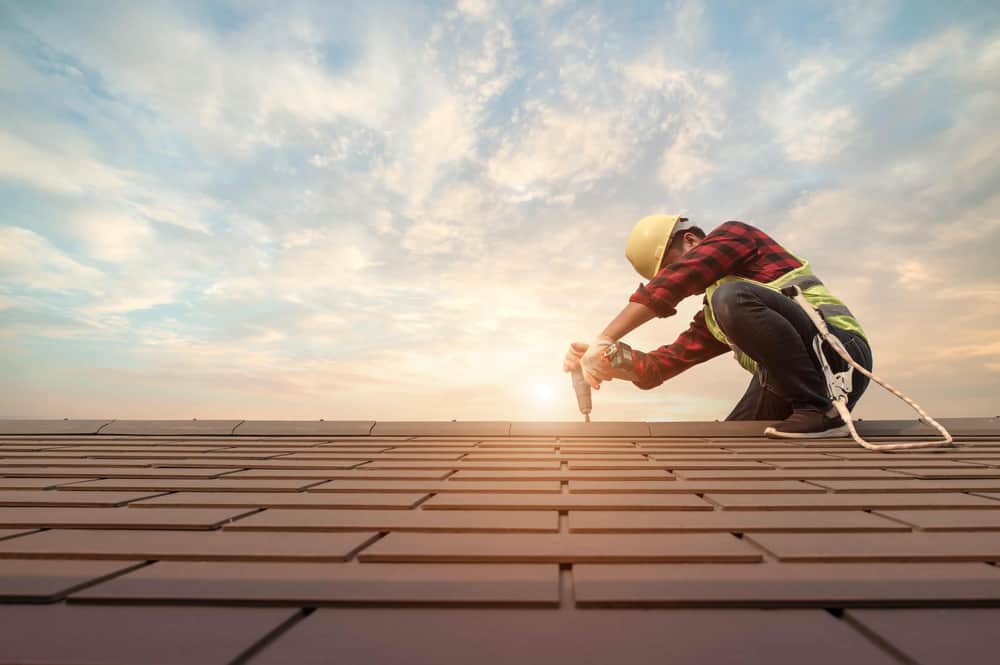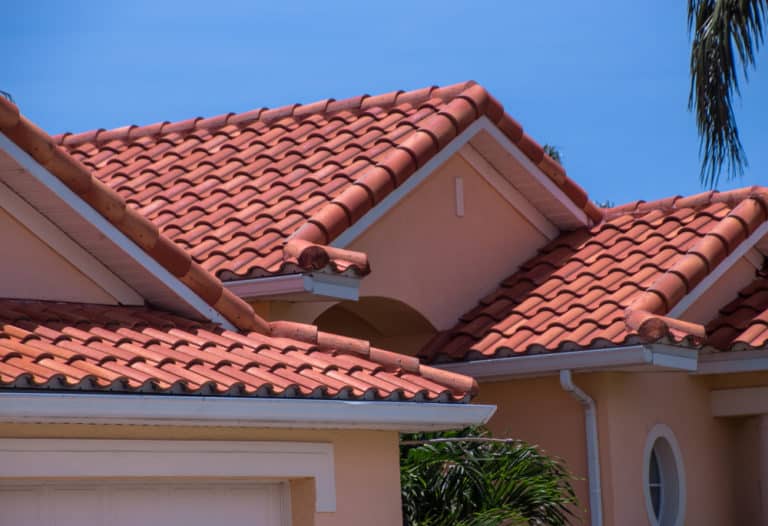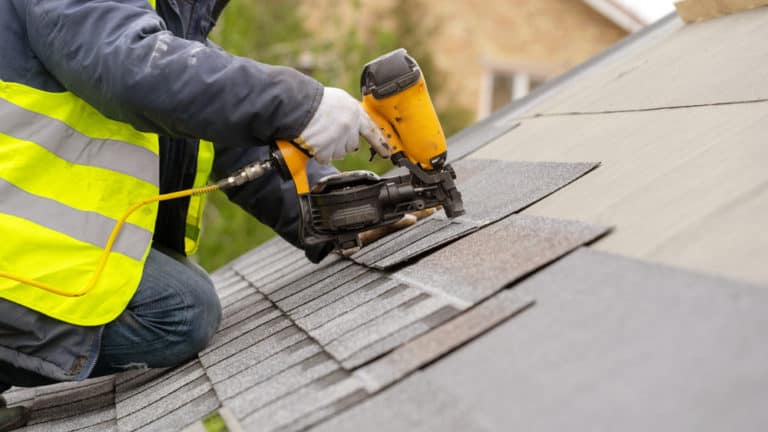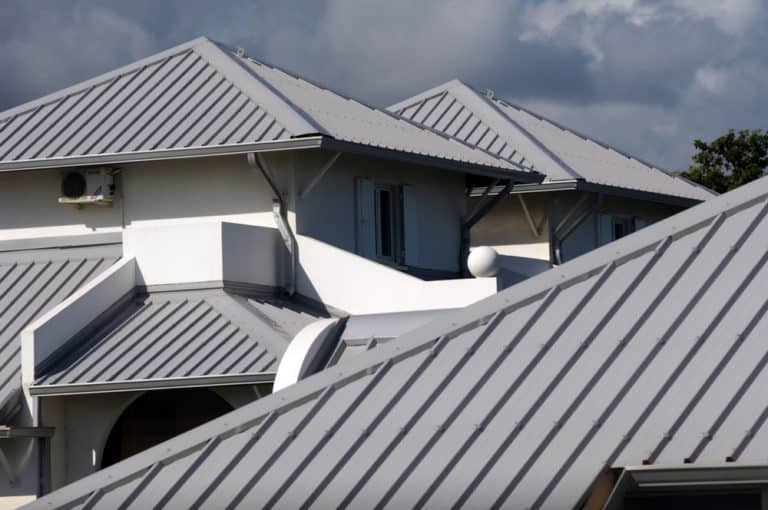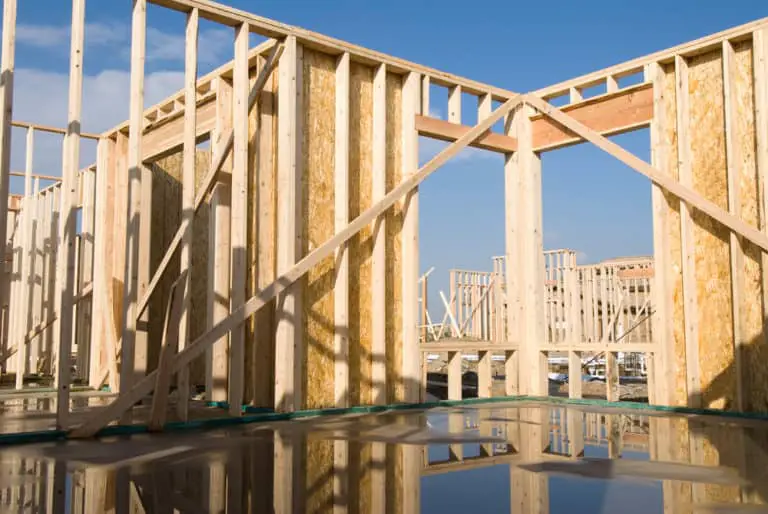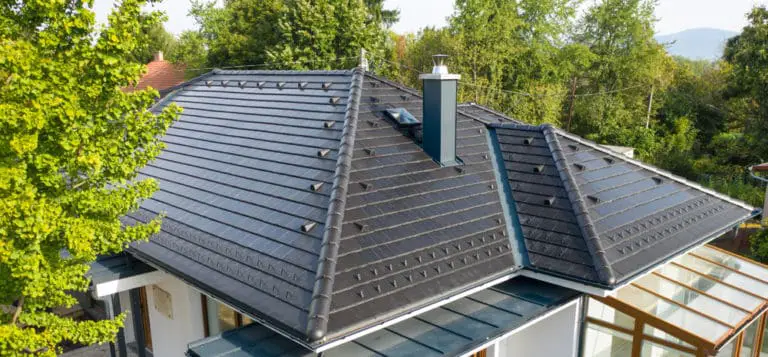When Should You Re-roof?
The roof of your house is one of its most important features as it protects the entire structure and home below from damage caused by adverse weather conditions and other such occurrences. Proper maintenance of your roof is of paramount importance, and it will ensure the longevity of the entire home.
If your roof is damaged or worn for any reason, it’s important that action is taken timeously to avoid further damage. Re-roofing becomes necessary whenever there are visible signs of damage to the roof’s surface, and the damage is beyond the scope of a simple repair.
Every roofing material lasts for a different length of time, and each has different maintenance requirements. Different roof materials will show wear in different ways, and each will have a different way of showing you that it needs to be replaced or repaired.
When Should You Re-roof?
The need to re-roof is based on the condition of the roofing material in its current state and whether the roof is beyond the point of repairing or not. This is why it’s important to have your roof inspected by a professional around twice a year to ensure that any issues are dealt with timeously.
If, for example, your shingles are starting to blow off the roof under normal weather conditions (as opposed to when usually expected, such as during storms, etc.), then this is a sure sign that there is a need for re-roofing or replacement of the roof.
There are several things to check regarding the condition of your roof. These will help you establish the severity of the need for repair or replacement. If the shingles are curling or lifting off the surface below, this means that they are drying out significantly and require intervention.
There is a granule coating on shingles that will help determine the roof’s overall condition. Loss of the granules indicates the age of the shingles, and any patches on the shingles where no granules are visible will ultimately result in drying and splitting.
By checking the gutters, you will also see if there are large amounts of granules that have come off the shingles. The granules will accumulate here and will be a sure indicator that your roof needs assistance.
Re-roofing Vs. Roof Replacement
While some might think that re-roofing is the same as replacing the roof altogether, there is a substantial difference between the two concepts.
Re-roofing involves the installation of new shingles over the old, existing shingles. This can be done, according to regulations, if there is only one layer of existing shingles on the roof and as long as none of the shingles are lifting off the roof or curling at the edges.
It is also possible to install a metal roof over an existing shingle roof, which is also considered re-roofing.
Re-roofing has a shorter lifespan than roof replacement. This is because the old shingles underneath will naturally not be as good a surface as the timber sheathing underneath the shingles. The lifespan with re-roofing is often 20% to 40% shorter than it would be if you replaced the entire roof’s surface.
The old shingles make for an uneven surface as opposed to the flat surface provided by the plywood sheathing. So it can make it easier for the new shingles to blow off or become dislodged. Any bends in the old shingles below can potentially cause cracks in the new shingles.
The benefit of the new shingles over the old is that they will cover up any small holes or weak spots in the original shingles below. However, they will naturally not be able to repair any structural issues or other problems with the existing roof.
Re-roofing is a good option when your current roof has some issues but will still be able to last for a few more years. One must consider the fact that while the initial cost of re-roofing will be significantly lower than that associated with replacing the roof, replacement will still be inevitable in the long run, potentially creating a higher total cost.
If your roof is in good condition and has been subject to proper maintenance over the years, re-roofing may be a viable option. The additional layer will protect the roof and add strength to the existing roof surface.
This option is significantly cheaper and quicker than a full roof replacement and will ensure that your roof continues to do its job for several years to come.
If the roof is in bad condition, replacement is the better option. This is because re-roofing over a damaged roof will create a very short-term fix that will require a full roof replacement before long.
A roof in bad condition may also be in need of additional repairs below the surface of the shingles, and this will naturally not be visible when opting for re-roofing. Resultantly, a full roof replacement will most likely save you significant amounts of money in the long term.
If you are not removing the shingles, you will eliminate your chance to check the plywood sheathing for damage, and you may not be able to find the source of a leak without removing the shingles. Re-roofing also inhibits your ability to upgrade the flashing or ensure that the shingles are installed completely flat.
It is all determined by the current state of the roof, and it’s best to have this checked by a roofing contractor before making your decision.
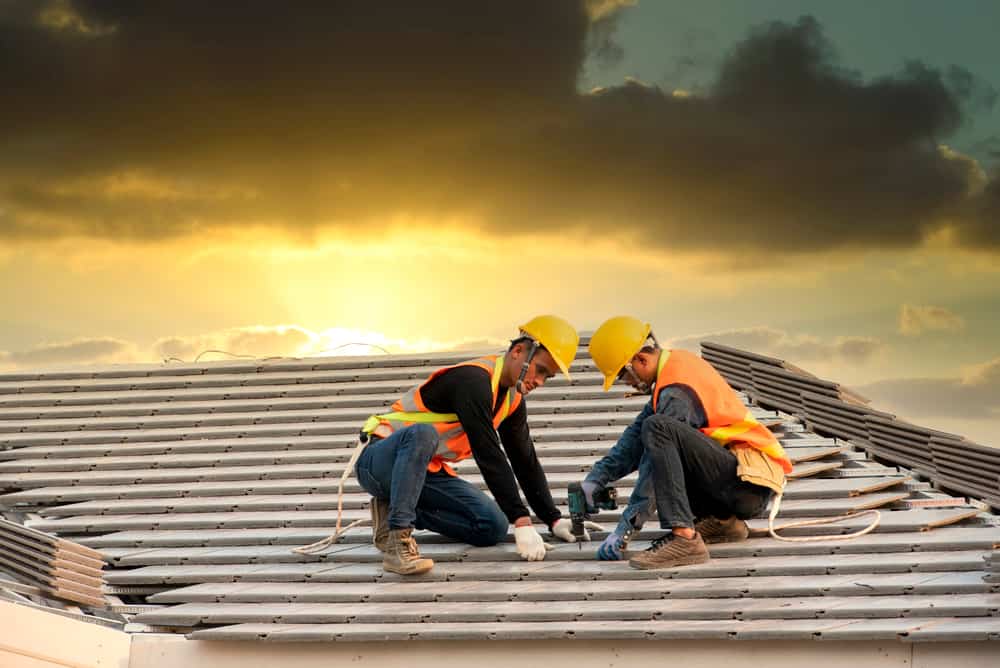
Best Time Of Year To Replace Your Roof
It’s best to replace your roof at a time when you have had sufficient planning and preparation, as replacing a roof under pressure to beat the bad weather is not a good idea.
You should try to avoid bad weather altogether, and so Fall is generally the best time of the year to replace your roof. The weather is usually cool and stable, with less chance of unpredictable rain and other adverse weather conditions.
Fall’s weather also allows for longer working hours when compared to the hot summer.
Signs You May Need A Roof Replacement
Other than the abovementioned signs to look out for when it comes to damaged shingles, there are several ways to determine whether your roof is in need of replacement. Firstly, it will be extremely helpful to see when the roof was last replaced.
This should be done every twenty to twenty-five years with shingles, and so if this deadline is approaching, it will be in your best interest to initiate a roof replacement. Bear in mind that each different roofing type will have a different lifespan.
The first way to determine the condition of your roof is done from the inside of the house, making it an easy first step. Go into your attic space and look for any beams of light shining through the roof. Any beams of light will indicate that there are holes in the roof above that need to be addressed.
You should also check the attic for any stains or streaks, as these will also indicate that there is a leak coming into the space.
The next important step is to check the shingles themselves, and this can only be done from outside the roof. Calling in the roofing professionals will be a good idea in this respect if you are uncertain about climbing on the roof yourself.
If the shingles are cracked, dry, or buckling, they are definitely in need of replacing. The downpipes and the gutters should also be checked to see if there are granules from the surface of the shingles.
The flashings should also be checked to see if there are any cracks or breakages.
A roof that is droopy or sagging is almost definitely a roof that needs replacing. This should be inspected as soon as possible, and the roof should be checked for any trapped moisture, rotting timber boards, and particularly saggy spots.
The presence of moss, while usually not displeasing to the eye, is not a good sign for the health of your roof. Moss tends to hold moisture against the surface of the roof, and this can cause damage to the shingles with time. Trapped moisture is never good for the longevity of shingles or any other roofing material, for that matter.
Another thing to check for is the presence of dark streaks on the roof’s surface. This will indicate algae on the roof’s surface.
If your neighbors are all starting to replace their roofs, this may be a sign that yours is in need of replacement too. Because most houses in an area were generally built around the same time, their respective roofs will most likely need replacing at the same time.
How Often To Replace Your Roof
While the underlying structure of a roof ought to last the entire lifespan of the house, the material on the roof’s surface tends to have a shorter lifespan due to how much the roof is exposed to the elements on a twenty-four-hour basis, seven days a week.
The frequency with which a roof needs to be replaced is mostly determined by the roofing material. The other major determining factor in how long a roof will last is also the weather conditions in the area.
Your roof should be inspected regularly (twice per year according to the National Roofing Contractors Association) to determine when it is in need of replacement. Areas subject to constantly adverse weather conditions will naturally create a greater need for more frequent roof replacement.
Regions with more temperate climates will have weather conditions that are more favorable to the longevity of roofing materials.
Concrete roofing and tiled roofs are also not usually subject to replacement. Instead, they should be regularly inspected for cracks, with the necessary maintenance or tile replacement to follow. Generally, there is no need for a full roof replacement with these roofing types except in the case of a major storm that breaks down the roof.
Composite shingles tend to have the shortest lifespan when compared to other roofing types, lasting between twelve and twenty years. Asphalt shingles can last between fifteen and thirty years, again depending on factors such as the climate.
Shingles tend to last far longer in colder climates as extreme heat and humidity can quickly damage the integrity of the roofing material, significantly reducing its lifespan.
Wooden shingles, which are used far less frequently in contemporary buildings, will last between twenty and twenty-five years before needing replacement. Again, the climate, the type of wood, and the way the wood has been treated will determine its overall longevity.
Rubber roofing will last between thirty and fifty years, while metal roofing can last anywhere between fifty and seventy years. Concrete tiles and slate roofing can last over a hundred years if they are properly maintained, replacing individual tiles as and when they become damaged.
Costs Of Replacing A Roof
The cost of replacing a roof is determined not only by the roofing material itself but by the labor and several other factors.
The replacement of a 3250 square foot roof can cost anywhere between $6500 and $20000. Materials are the most significant cost, making up around 55% of the total budget. When opting for a full roof replacement instead of re-roofing, there will be additional materials required, such as underlays, bringing up the cost significantly.
Labor makes up about 35% of the total cost of replacing a roof. If, however, you have decided to overlay your existing shingles with another layer, the labor will be significantly less. There are other considerations like the need to hire a dumpster for the disposal of building materials, as well as other extras on-site such as craning, scaffolding, and portable toilets.
Conclusion
It’s important to understand the difference between re-roofing and roof replacement. Knowing this will help you to determine which option will be best for your individual circumstances and will assist you in the long run. While re-roofing may be the best option in certain situations, there are many situations where it is simply not a good idea.
Sources
- https://www.familyhandyman.com/list/should-i-replace-my-roof-here-are-21-things-to-consider/
- https://www.thisoldhouse.com/roofing/21019048/read-this-before-you-redo-your-roof
- https://www.owenscorning.com/en-us/roofing/tools/do-i-need-a-new-roof
- https://www.bobvila.com/slideshow/7-signs-you-need-a-new-roof-48751
- https://www.finehomebuilding.com/project-guides/roofing/when-is-it-time-to-reroof

